Sayeret Matkal, a unit of the Israel Defense Forces, is widely considered one of the world’s most elite special forces units. Comparable in skill to the U.S. Army’s Delta Force, they have amassed a formidable reputation through their impressive military history. As Israel’s tier 1 prime special forces, Sayeret Matkal is the embodiment of skill, precision, and efficiency.
Introduction
Sayeret Matkal, also known as the General Staff Reconnaissance Unit or Unit 269, is a highly esteemed special forces unit of the Israel Defense Forces known for its pivotal role in the country’s fight against terrorism. Often referred to simply as “The Unit,” they have been at the forefront of defense operations for decades. Comprised of highly motivated, trained, and experienced operatives, Sayeret Matkal has played a leading or instrumental role in nearly every notable counter-terrorism operation conducted on behalf of Israel from 1957 to the present day.

In addition to its counter-terrorism duties, Sayeret Matkal is the primary unit responsible for hostage rescue operations within Israel. They have been known to work in conjunction with other elite Israeli units such as Sayeret Tzanhanim, Flotilla 13, and Sayeret Golani. During the war, they are tasked with the most high-stakes intelligence-gathering operations, a mission they have reportedly executed with distinction. The unit is directly under the IDF’s Directorate of Military Intelligence.
Mission
Sayeret Matkal is widely known for its successful operation, “Operation Thunderbolt,” in which it rescued over 100 hostages who were hijacked and flown to Uganda by terrorists while also eliminating 52 enemy combatants and only suffering minimal casualties.
This elite unit is highly trained in a range of specialized operations, including:
- Special Reconnaissance
- Direct Action
- Hostage Rescue
- Counter-terrorism
Their expertise in these areas, coupled with their impressive track record, has solidified their reputation as one of the world’s most skilled and capable special forces units.
History
Sayeret Matkal, one of the world’s most elite special forces units, was officially established in 1957 by Avraham Arnan, an Israeli military officer. Arnan proposed the creation of a specialized unit for the IDF General Staff to carry out top-secret intelligence-gathering missions in enemy-held territory.
The unit was modeled after the British Army’s Special Air Service (SAS), and they have adopted their motto, “Who Dares, Wins.” It is considered the equivalent of the United States Delta Force. Sayeret Matkal is directly under the command of the Israeli Defense Force’s Directorate of Military Intelligence.
In 1954, Israel’s first special operations unit, Unit 101, was dissolved following a public outcry over the Qibya massacre. This left the IDF without a dedicated special-forces unit other than the Navy’s Shayetet 13. Arnan, a former yeshiva student and Palmach fighter, recognized the need for a specialized unit that would be able to carry out top-secret intelligence-gathering missions in enemy territory. He proposed that the unit be composed of the best and brightest Israeli youth, carefully selected for their physical and intellectual capabilities.
Originally a part of Aman’s Unit 154, Sayeret Matkal became an independent unit a year later, modeled after the SAS. Bedouin trackers trained members of the unit to understand their adversaries better. The unit’s establishment a year after the formation of Israel’s first helicopter squadron allowed for close cooperation between the two units, enabling Sayeret Matkal to operate deeper and longer inside enemy territory than its predecessor. Arnan’s vision for the unit was to carry out strategic intelligence-gathering and other operations, receiving its missions only from the General Staff. It would also evaluate new weapons and doctrines that could influence the entire IDF.
Sayeret Matkal is an elite special forces unit in the Israel Defense Forces (IDF), known for its intelligence-gathering and counter-terrorism operations. The unit was established in 1957, and its first operational activity was carried out in a dedicated assignment in Lebanon in May 1962. The success of this mission paved the way for the unit’s second operation five months later in Syria. In the early 1960s, Sayeret Matkal conducted several intelligence-gathering operations in the Sinai Peninsula, the last of which was launched just four months before the outbreak of the Six-Day War. However, due to the extensive training, planning and preparation that had to be undertaken before its missions, Sayeret Matkal did not see any action during the war. It was, however, engaged extensively in the following War of Attrition.
After 1967, with the rise of Arab terrorism perpetrated by groups such as the Palestine Liberation Organization (PLO), Sayeret Matkal began developing the first counter-terrorism and hostage rescue techniques in the world. Starting with Operation Isotope, the unit carried out several high-profile operations that thrust it into the limelight as an “elite paratroopers” unit (Sayeret Matkal’s existence was classified at the time). In 1972, before the Munich massacre, Sayeret Matkal’s operatives were sent to West Germany to cooperate with German authorities and, if necessary, perform the hostage rescue. Their advice, though, was not heeded. In the subsequent Operation Wrath of God, Sayeret Matkal struck the PLO in Beirut.
The Yom Kippur War in 1973 brought a profound change to the unit. With Israel fighting on two fronts and the General Staff busy managing the war, Sayeret Matkal found itself without missions. Sayeret Matkal officers then split into two camps: those who believed that the unit should be kept in reserve and not be lightly sent to missions where it could endure heavy casualties and those that wanted to go into action, even if that meant missions with little planning and more akin to a commando force than to the strategic-oriented Sayeret Matkal. The latter prevailed, and Sayeret Matkal was tasked with operations on both fronts. After the war, Sayeret Matkal began developing plans for wartime in advance so that when war came, the unit could go into action immediately without waiting for the General Staff’s orders and missions. A reserve company of Sayeret Matkal was also designated specifically for cooperation with the Israeli Air Force, shown by the war to be lacking. This would later evolve into Shaldag Unit.
In 1974, Sayeret Matkal suffered a heavy blow when a failed rescue attempt resulted in the Ma’alot massacre. The debacle led to the creation of the Yamam to deal with domestic counter-terrorism/hostage-rescue missions, while Sayeret Matkal would focus on foreign counter-terrorism/hostage-rescue. Two years later, on 4 July 1976, the unit’s most famous mission came when it spearheaded Operation Entebbe to rescue hostages held in Uganda by at least six Palestinians and two German terrorists supported by regular Ugandan soldiers. The mission was a resounding success, although there three hostages were killed, as well as the commander of the unit, Lieutenant Colonel Yonatan Netanyahu.
Sayeret Matkal, a highly secretive unit within the Israel Defense Forces (IDF), has wielded significant influence within the organization. The unit is credited with pioneering helicopter infiltration techniques in Israel and advocating for producing an Uzi submachine gun with a folding stock for improved accuracy while retaining its compact design. In 2015, the unit received recognition for its actions during Operation Protective Edge. A comprehensive account of Sayeret Matkal’s operations and history will be featured in the upcoming book, “Sayeret Matkal: The Greatest Operations of Israel’s Elite Commandos” (Skyhorse, 2022), authored by former unit officers Avner Shur and Aviram Halevi.
Selection and training
In its early years, the unit selection course and regular training of Sayeret Matkal, a special forces unit in the Israeli Defence Forces (IDF), were kept highly confidential. Initially, only fighters and commanders who other members personally recommended were eligible to join. However, in the 1970s, the unit began accepting voluntary recruits.

The selection process for Sayeret Matkal is notoriously demanding and includes a grueling camp known as Gibbush that lasts for several days without sleep. This is similar to the Navy SEALs’ Hell Week during Basic Underwater Demolition/SEAL training. Doctors and psychologists monitor candidates, and those who pass are admitted to the basic training.
The basic training consists of a 20-month plan, with a strong emphasis on small arms, martial arts, orienteering, camouflage, reconnaissance, and other essential survival skills for operating behind enemy lines. The training includes:
- Four months of basic infantry training
- Two months of advanced infantry training
- Three weeks of parachuting course in the IDF Parachuting School
- Five weeks of counter-terror (CT) course in the IDF Counter-Terror Warfare School, followed by additional inner-unit CT training
- Additional training in long-range reconnaissance patrols, with a focus on navigation.
Unlike other units in the IDF, Sayeret Matkal also conducts long-range solo navigation exercises. After completing the training, all soldiers in the unit attend an officer’s course and hold positions within Sayeret Matkal and other units in the IDF. Combat soldiers must sign up for an additional 36 months beyond their mandatory service term. Many of them also pursue undergraduate degrees during this time.
Sayeret Matkal has its insignia, but it is one of only two units in the IDF, along with Duvdevan, whose soldiers are not permitted to wear it in public due to its classified nature. This lack of insignia often leads to Sayeret Matkal operators being recognized as such, as Matkal troopers don’t wear insignia is well known.

Operations
Sayeret Matkal is a renowned Israeli special forces unit that has participated in numerous operations throughout its history. One of its most celebrated missions was Operation Thunderbolt, also known as Operation Entebbe. This operation, which took place in 1976, involved the rescue of more than 100 passengers from an Air France airline hijacked by Palestinian Liberation Organization (PLO) terrorists. The mission was widely considered one of the most successful counter-terrorism operations in modern history, with only one casualty, the unit’s commander, Jonathan Netanyahu, killed by enemy gunfire.
However, not all of Sayeret Matkal’s operations have been successful. In 1994, the unit failed to rescue Israeli soldier Nachshon Wachsman, who was being held hostage. His captors killed him during the mission.
Here is a list of some of Sayeret Matkal’s other publicly disclosed operations:
- 1968: Operation Gift – sabotage of 14 Arab airliners at Beirut International Airport in Lebanon
- 1969: Operation Bulmus 6 – assault on the fortified Green Island in Egypt (conducted jointly with Shayetet 13)
- 1972: Operation Isotope – foiling the hijacking of Sabena Flight 571 in Tel Aviv, Israel (hostages rescue)
- 1973: Operation Spring of Youth – killing Black September terrorist leaders in Beirut, Lebanon (conducted jointly with Shayetet 13)
- 1976: Operation Thunderbolt – hostage rescue in Entebbe, Uganda
- 1978: Coastal Road Massacre – bus hostages rescue
- 1982: Lebanon War – deep reconnaissance ahead of Israeli forces (snipers managed to target Yasser Arafat, although they were not allowed to fire)
- 1994: Mustafa Dirani kidnapping, Lebanon
- 1994: Nachshon Wachsman – failed hostage rescue
- 2006: Second Lebanon War: Operation Sharp and Smooth – disrupt weapons smuggling (conducted jointly with the Shaldag Unit)
- 2007: Collecting soil samples in Syria before Operation Orchard, the bombing of an alleged Syrian nuclear reactor
- 2017: Infiltration into Syria to place a listening device in a meeting room of the Islamic State of Iraq and the Levant external operations personnel. The intelligence gathered led to the 2017 electronics ban.
It is worth noting that the above list is not exhaustive, and other operations have not been publicly disclosed. Nevertheless, it serves as a snapshot of the unit’s capabilities and the various missions it has undertaken.
Operation Isotope
On May 8th and 9th, 1972, a team of Sayeret commandos, disguised as airport maintenance personnel, successfully stormed a Belgian Airlines jetliner that Black September terrorists had hijacked. This operation, known as Crate 3, was a bold and daring action that demonstrated the skill and bravery of the Sayeret commandos.
In June of the same year, there was growing concern over the fate of three Israeli airmen who Syrian authorities had captured. To secure their release, it was decided that Israel would need to have bargaining chips of their own. In response, Sayeret operatives, in a move that has become their signature tactic, kidnapped five Syrian intelligence officers who were on a border tour with Palestinian terrorists at the time. This operation, known for its precision and efficiency, clearly displayed Sayeret’s exceptional capabilities.
Operation Spring of Youth
On the night of April 9th-10th, 1973, a team of Sayeret commandos, with one member disguised as a woman, successfully carried out the assassinations of Black September leaders. This operation, known as the Spring of Youth, was notable for its precision and daring. The targets were in three locations, all within the enemy-held territory in West Beirut.
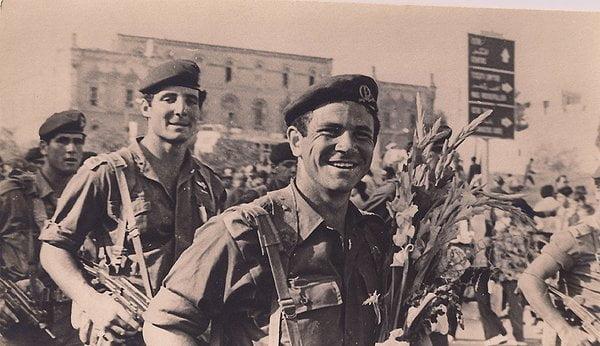
This operation was part of a larger campaign known as Operation Wrath of God, which was a retaliation for the 1972 Munich Massacre. The success of this operation demonstrated the skill and bravery of the Sayeret commandos and their ability to carry out complex operations in hostile territory.
Operation Thunderbolt
In 1974, the Sayeret Matkal executed one of the most renowned hostage rescue missions in history. They stormed an Air France plane that PFLP-EO terrorists had hijacked at the Entebbe airport in Uganda. Despite losing their Unit commander, Lieutenant Colonel Yonatan Netanyahu, who led the assault, and three hostages, the mission was ultimately a success.
It is worth noting that press reports have alleged that operatives from this unit were responsible for the assassination of the Palestine Liberation Organization (PLO) deputy commander and wanted terrorist Abu Jihad in 1988.
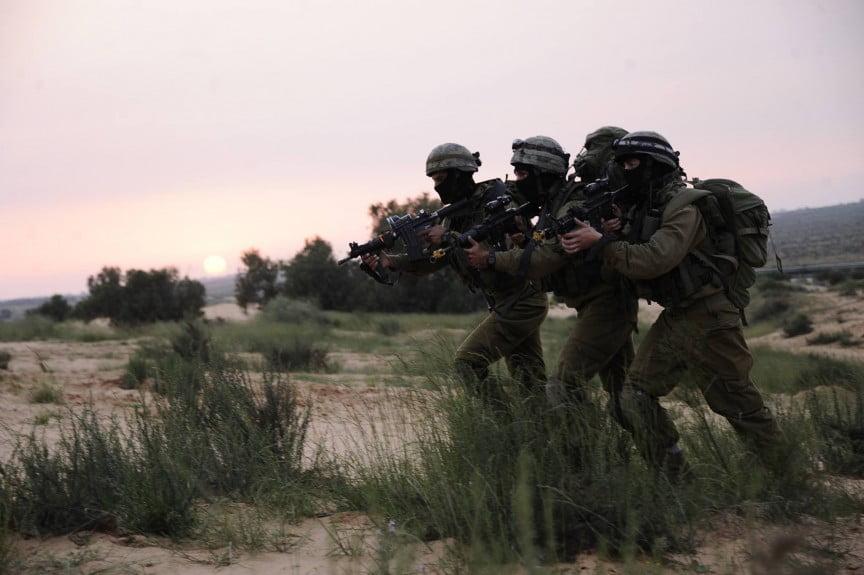

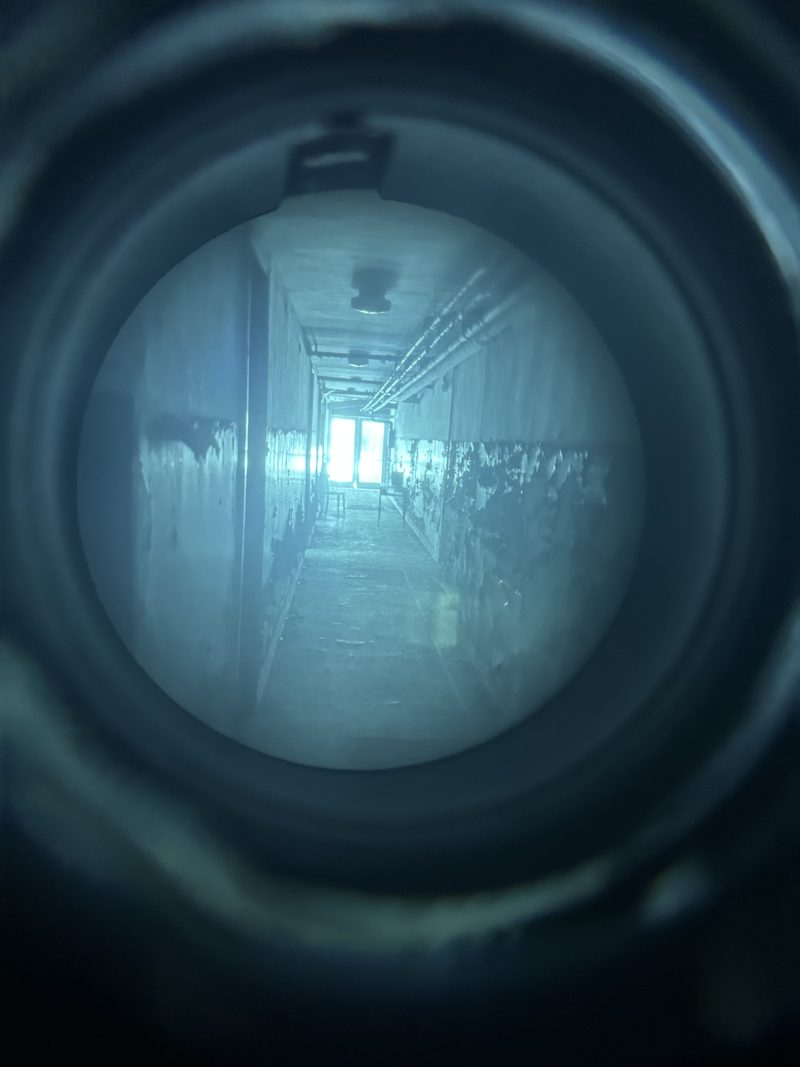
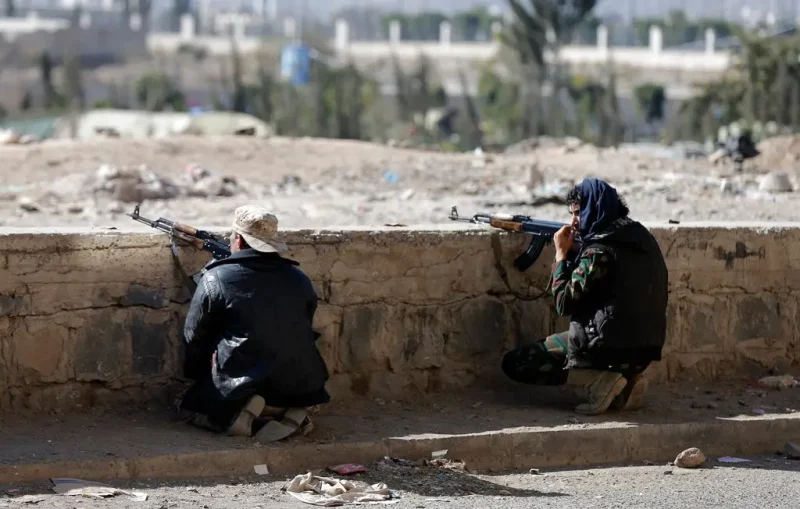


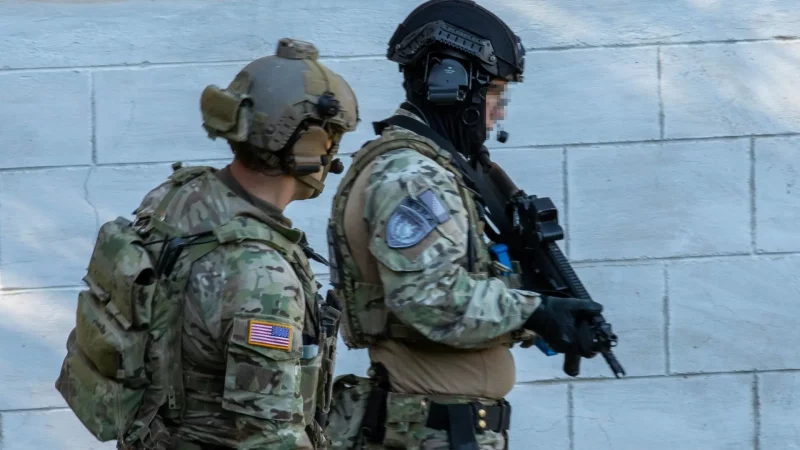
Hashem is with them from Papua New Guinea
After spending 10 years 70- 80 in the FFL , I know that we have a Unit on that level like Makal, 90% of the Member of the FFL,don’t know there is a Group like that ,but believe me, there is. Most of all SF Units are on the tier Level.
The last photo does not features Ehusd barak! It is Jonathan Nethaniahu while still at the Paratroopers brigade 35. He joined 269 later. He led the unit until his death i the gunfire at Uganda rescue operation. God Bless His Soul, Amen !